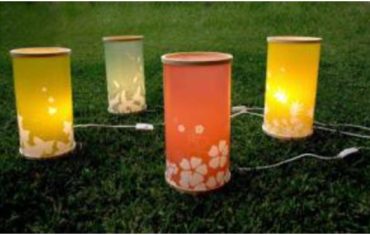Although retailers generate nearly 30 per cent of their year’s annual sales during the Christmas period, they also suffer a whopping 35 per cent of their losses due to theft, loss and administrative errors during the holidays―making it a potentially costly time.
According to Nick Turgett, general manager of Checkpoint sales and operations, this seasonal spike in shoplifting is certainly no exception this Christmas.
“A good proportion, 35 per cent, of theft occurs in the Christmas period and there are a lot of factors that go into why. It’s not only the budgetary constraints, but cost of living, desire, need, social stigma and there are a lot of pressures on people,” he says.
According to analysis of loss from the Australian retail sector from Checkpoint, the most commonly stolen items over the holiday season are products easily concealed such as batteries, razors or small technologies and items easily removed from packaging like skincare and cosmetics.
But items used for entertaining over holidays like gourmet meats, seafood and alcohol and gift items are also frequently stolen.
With so many high-risk products, it’s essential that retailers keep a watchful eye to prevent huge stock loss, warns Turgett.
“Failing to manage and minimise theft and loss during the Christmas period can virtually destroy a business’ profit potential.”
New tech combats shoplifting spike
While there are a number of safeguards retailers can put in place to drive down the rate of theft, leveraging technology is the most effective way of discouraging would-be thieves.
“The only way to really protect your products and stores is to have technology in place to warn potential thieves that your store is serious about reducing theft and ensuring you have enough appropriately trained personnel on the floor to engage with customers,” he says.
While traditionally the focus of shoplifting technology was on alerting stores around products that are being walked out of the store, the most effective way of preventing theft is to identify theft before an item leaves the shop.
Advances in technology mean that the radio frequency identification (RFI) tags frequently used by retailers can now even be used to alert retailers exactly what items are in a change room.
One such technology, Checkpoint Systems, uses RFI tags to provide retailers with a comprehensive picture of stock’s whereabouts, enabling retailers to know exactly where an item is in the store and to manage stock by identifying which items have been stolen.
“Retailers are now able to use aesthetically appealing radio frequency electronic article surveillance (RF EAS) equipment that works together to combat internal and external theft,” Turgett says.
But technology isn’t the only magic bullet this Christmas.
“Along with tagging items, we also recommend that stores ensure the floor is appropriately staffed,” he says.
“Store personnel need to greet and make eye contact with every customer that comes into store. This, along with visibly tagged products, will put off potential opportunistic shoplifters.”
By Georgia Clark
This article first appeared on retailbiz







